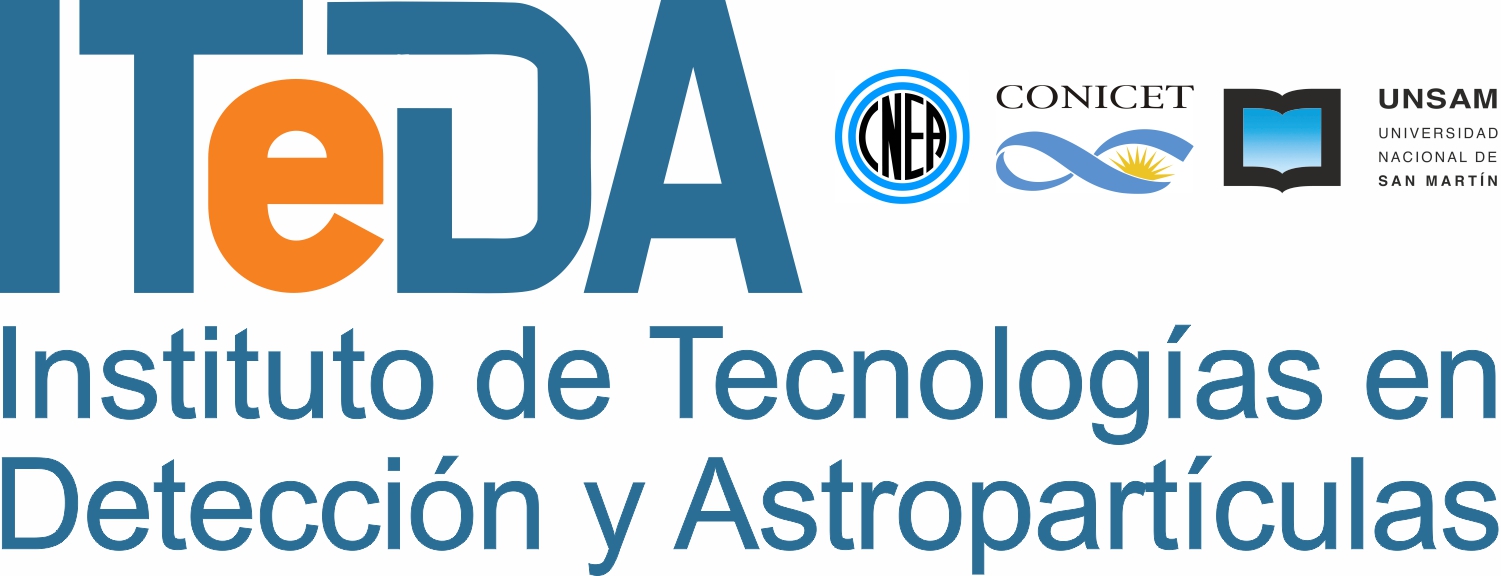On November 24, 2009, the agreement was signed by which, for the first time, the Atomic Energy Commission (CNEA) and the National Council of Scientific and Technical Research CONICET join forces organically and institutionally creating an Institute that has the academic framework from the National University of San Martín (UNSAM).
It is the first institute established between two of the most recognized institutions in the country in the field of scientific and technological research, the CNEA and the CONICET, to which is added the UNSAM that develops an active and recognized policy of association with scientific organizations. and technology.
For half a century, CNEA and CONICET have had a fruitful collaboration cemented by several hundred scientists and technologists from the CONICET researcher’s career, who were simultaneously members of CNEA or had their workplace there, and by the subsidies that, Over the years, CONICET granted grants to supplement multiple CNEA research projects. A precedent, distant in time but close in terms of the subject, was the collaboration of the CNEA in the founding in 1964 of the National Center for Cosmic Radiation, one of the first institutes of CONICET, which in 1969 became the Institute of Astronomy and Space Physics (IAFE). The National Center for Cosmic Radiation also had as its predecessor the Cosmic Radiation Laboratory of the National Atomic Energy Commission (CNEA), which in the 1950s was a pioneer in the field of what is known today as astroparticles.
Researchers from CONICET and CNEA have participated since its inception in the activities of the Pierre Auger Observatory, an international scientific undertaking that included the visionary local association of CNEA. For CONICET, the creation of ITeDA inaugurates a new stage in the relationship with the CNEA and a willingness to jointly conduct both scientific research and technology generation, which is an important part of its institutional objectives.
For its part, UNSAM has achieved sustained collaboration since its creation, both with the CNEA with the creation of undergraduate and postgraduate courses in materials, physics and nuclear technology at the Sábato and Beninson Institutes, and with CONICET, hosting numerous researchers. and participating in the joint management of the Biotechnology Research Institute-Chascomus Institute of Technology.
The creation of ITEDA is a milestone in the articulation of research and technology in the country by bringing together these Institutions in an organic collaboration of management, objectives, strategic lines and evaluation.
The ITeDA contributes internationally to the study and detection of radiation from outer space throughout the entire electromagnetic spectrum and especially astroparticles (atomic nuclei, gamma rays and neutrinos). He also researches observational cosmology (dark matter and dark energy). It positions Argentina internationally in order to promote the installation in the country of other facilities such as the Pierre Auger Observatory. It carries out innovative technological developments, primarily in electronics, telecommunications, data acquisition systems and atmospheric monitoring. Consequently, and with the academic support of UNSAM, highly specialized personnel are trained, creating a place of excellence for the completion of postgraduate degrees in engineering.
The agreement to create ITeDA was signed in the “Emma Pérez Ferreira” Auditorium of the Constituent Atomic Center, in the presence of the Minister of Science, Technology and Productive Innovation, Dr. Lino Barañao, by the President of CNEA, Lic. Norma Boero , from the President of CONICET, Dr. Marta Rovira and from the Rector of UNSAM, Dr. Carlos Ruta. On the same occasion, a collaboration agreement was signed between ITeDA and the Karlsruher Institut für Technologie (KIT) of Germany.
On May 4, 2012, in Stuttgart, Germany, members of the Helmholtz Alliance for Astroparticle Physics (HAP) voted unanimously in favor of joining the Institute for Astroparticle and Detection Technologies as an associate member of the Alliance, an honor which it shares with the Astroparticule et Cosmologie institute of Paris and the KAVLI institute for Cosmological Physics of Chicago.
The Alliance is made up of an outstanding group of German and foreign partners all dedicated to exploring the frontiers of science in the area of astroparticles, that is, atomic nuclei, gamma radiation and neutrinos that reach Earth from space abroad. It is made up of two Helmholtz centers (the largest scientific institution in Germany with a budget for 2012 that exceeds 3.3 billion Euros), fifteen German universities and three Max Planck institutes. ITeDA is from today part of this Alliance, this will allow its Director, Dr. Alberto Etchegoyen, to occupy a seat on the Board of Directors of the Alliance and decide with his colleagues matters related to the lines of research of interest to the Alliance. the management of awarded funds. For more information, consult the website: http://www.hap-astroparticle.org/
On September 4, 2017 in Berlin, the Helmohltz International Research School “Astroparticle Physics and Enabling Technologies” was approved between KIT-UNSAM. Which involves PhD students in physics and engineering.
Attachments:
. Agreement between KIT/IK and ITeDA
. Helmohltz International Research School
